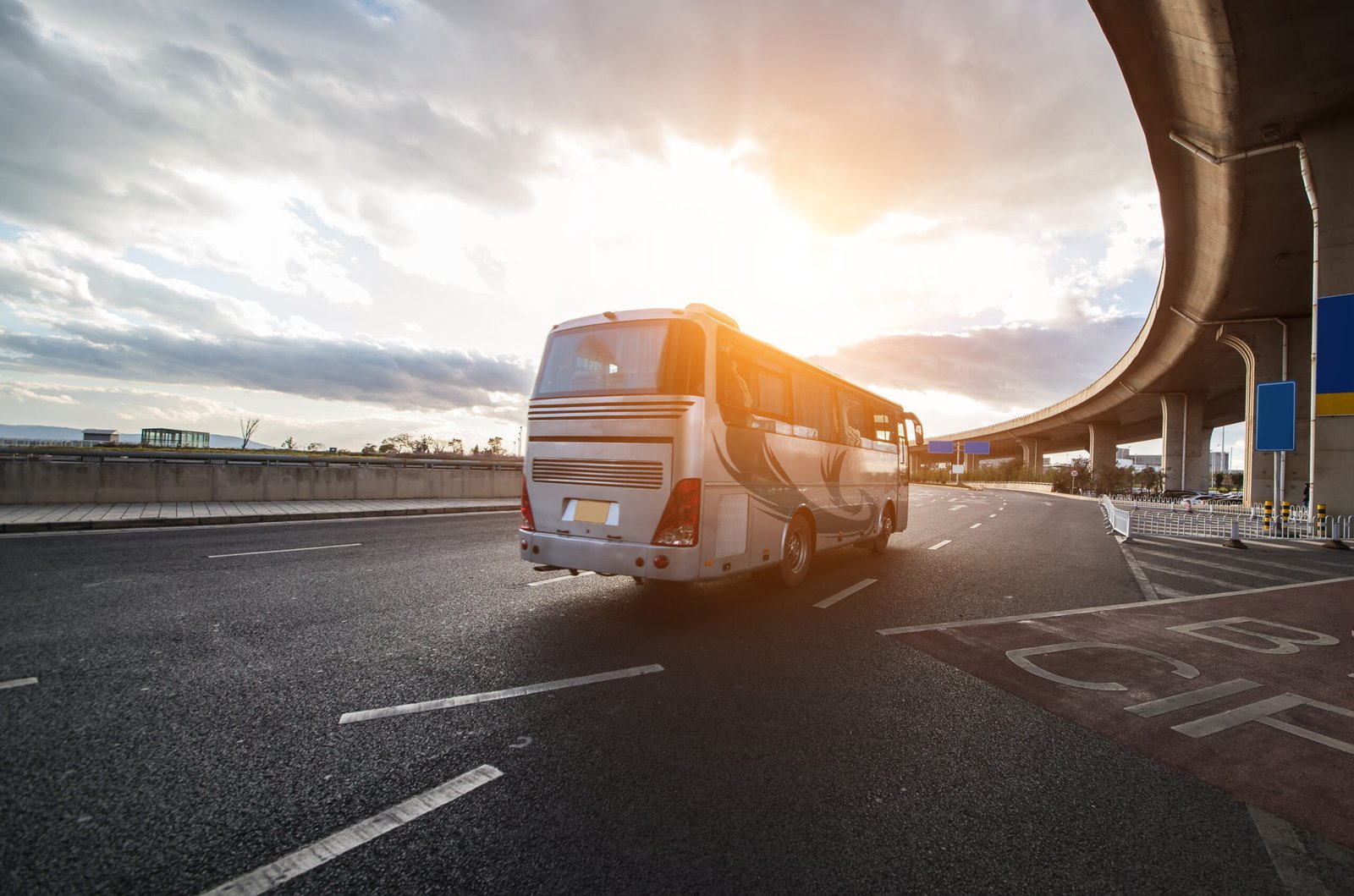Govt to Implement BS-VII Norms, Push EV Charging & Expand Scrappage Drive

India is preparing to roll out Bharat Stage (BS) VII emission standards, expand the vehicle scrappage programme, and streamline EV charging infrastructure as part of a comprehensive push to curb pollution, reduce fuel imports, and strengthen the domestic auto industry.
Union Minister for Road Transport and Highways, Nitin Gadkari, announced that India will align its emission roadmap with European standards, building on the transition from BS-IV to BS-VI. The move comes as air pollution remains one of India’s gravest public health challenges, with transport accounting for nearly 40% of total emissions.
EV Charging Unified
To address the fragmented electric mobility ecosystem, the government is developing a digital hub that will integrate more than 70 existing charging apps. The platform will simplify charger discovery, slot booking, and payments, making EV adoption more seamless for users.
Ethanol & Flex-Fuel Push
Gadkari also defended the government’s E20 ethanol blending programme, stressing that both testing agencies and the Supreme Court have validated its efficiency. He highlighted that ethanol production from maize has boosted farmer incomes in states like Uttar Pradesh and Bihar. The next phase will focus on flex-fuel engines, capable of running on multiple blends.
Scrappage for Growth & Jobs
The vehicle scrappage initiative is also set for major expansion. Currently, nearly 17,000 vehicles are scrapped monthly, but Gadkari emphasised that scaling up the system could create 7 million jobs, reduce 6,353 kilotonnes of CO2, recycle one-third of raw materials, and generate ₹40,000 crore in GST revenues.
Electric Buses in Tier-2 & Tier-3 Cities
Shifting from high-cost metro projects, the government will prioritise electric buses with flash-charging capability, offering affordable, sustainable public transport in smaller cities. Under the FAME-II scheme, 7,000 e-buses have already been sanctioned, with 5,700 on the roads.
Vision 2047 Roadmap
Looking ahead, the government is drafting an Automotive Industry Plan under Vision 2047, projecting the sector’s growth from $2.2 trillion to $15 trillion and increasing India’s share in global auto trade from 3% to 8%. Hydrogen mobility is also being explored as a future growth driver.
Road Safety Remains a Challenge
Despite new mandates like six airbags in cars and compulsory helmets for two-wheelers, India continues to record 500,000 accidents annually, with young adults most affected. Gadkari stressed that stricter enforcement and behavioural change are as critical as regulations.
India, now the world’s third-largest automobile market, aims to harness investments in EVs, batteries, ethanol, and hydrogen to eventually claim the top spot globally.
